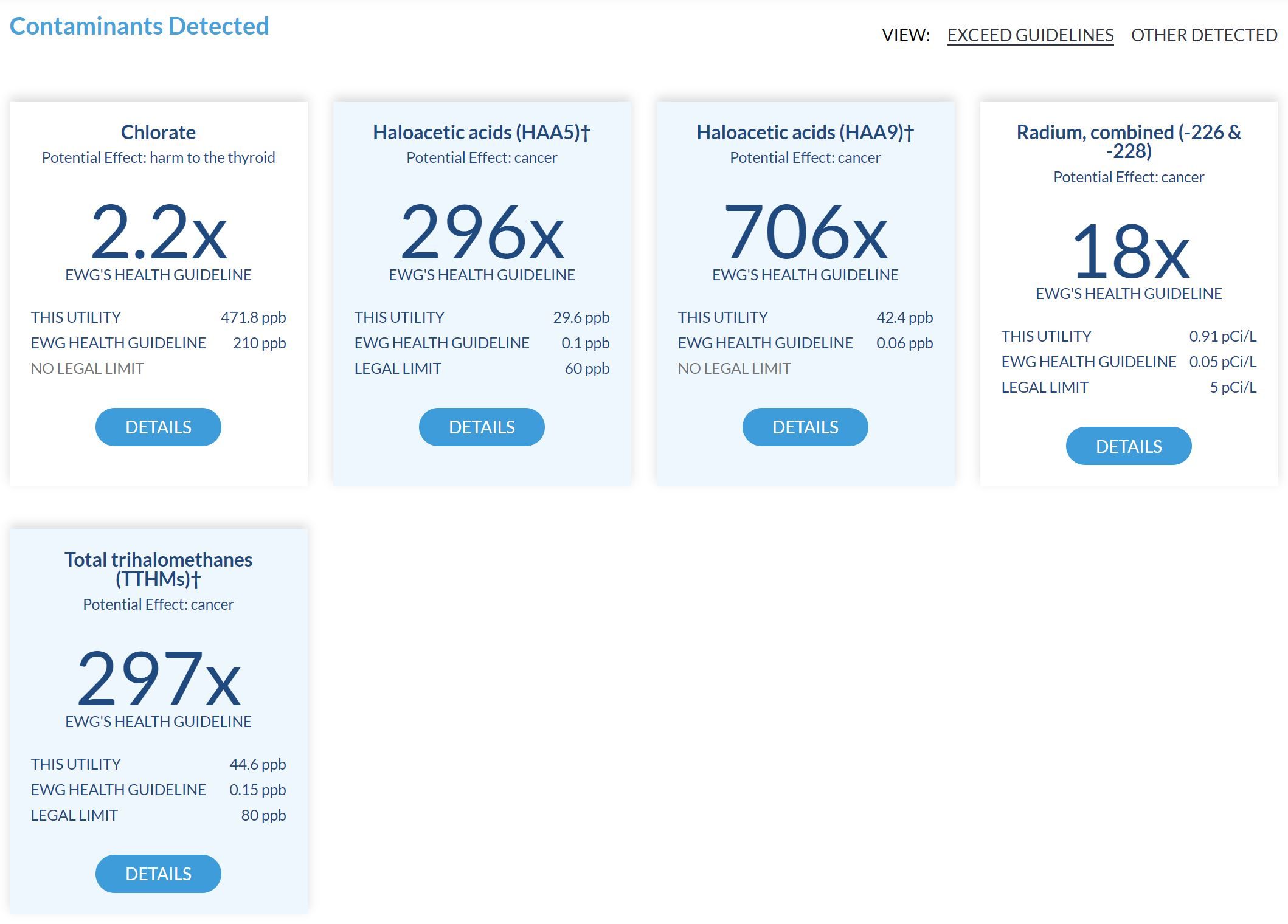In 1974, Congress passed the Safe Drinking Water Act (SDWA) which authorizes the Environmental Protection Agency (EPA) to set health-protective standards for more than 90 contaminants found in tap water.
The problem is that the list of regulated chemicals has not been updated since the act was last amended in 1996 and the acceptable levels for many of the contaminants that are regulated are higher than what scientific studies conducted in the intervening years have found to be safe.
Short for “per- and poly-fluoroalkyl substances”, PFAS, the family of fluorinated chemicals that sprang from Teflon, includes thousands of commonly used nonstick, stain-repellent, and waterproof compounds found in everyday items including popcorn bags, fast food wrappers, and single-use food containers. These highly toxic compounds have come to be known as “forever chemicals” because they build up in our bodies and never breakdown in the environment.
A study conducted by scientists at the Environmental Working Group (EWG) and published in 2020 estimated that more than 200 million Americans may be drinking PFAS-tainted water and the number of communities confirmed to be contaminated continues to grow. Very small doses of PFAS have been linked to cancer, reproductive and immune system harm, and other diseases.
Another Contaminant of Emerging Concern (CECs) is microplastics (tiny plastic particles less than five millimeters in diameter). Barely visible to the naked eye, these tiny particles (which also include PFAS) come from water bottles, fishing gear, plastic bags, synthetic clothing or any other plastic-containing item that ends up in the ocean, breaks down into smaller pieces, and lodges into our seafood.
A recent study from USF St. Petersburg and Eckerd College (https://www.usf.edu/magazine/2019-winter/university/) estimates that the waters of Tampa Bay contain four billion particles of microplastics. Since particles are similar in size to plankton, filter feeders such as oysters, clams, many fish and some birds ingest microplastics, allowing them to enter the food chain.
With the ability to filter particles as small as 0.001 microns, reverse osmosis filters like the Halo RO 5 are the most effective for removing microplastics. This 5-Stage Reverse Osmosis (RO) System Plus PH Balancer removes Arsenic, Barium, Cadmium, Copper, Fluoride, Hexavalent Chromium, Lead, Radium 226/228, Selenium, Trivalent Chromium, Turbidity, PFO, PFA and TDS.
If you are concerned about your drinking water, and you should be, call the professionals at 941-355-5400. Professional Plumbing & Design carries only the best Water Filtration Systems from top manufacturers like Halo Water Systems, Aqua-Pure®, Everpure®, Watts®, Cuno®, 3M, and Nuvo H2O™.
If you think this doesn’t apply to you, visit ewg.org/tapwater (click “Continue to site”, if you don’t want to receive a copy of their Guide to Avoiding PFAS Chemicals) then enter your zip code and click on your water utility to see which contaminants exceed current health guidelines and by how much.
This screen capture of the contaminants detected in the utility that services the area where Professional Plumbing & Design is located will hit close to home with readers in the Sarasota area.
